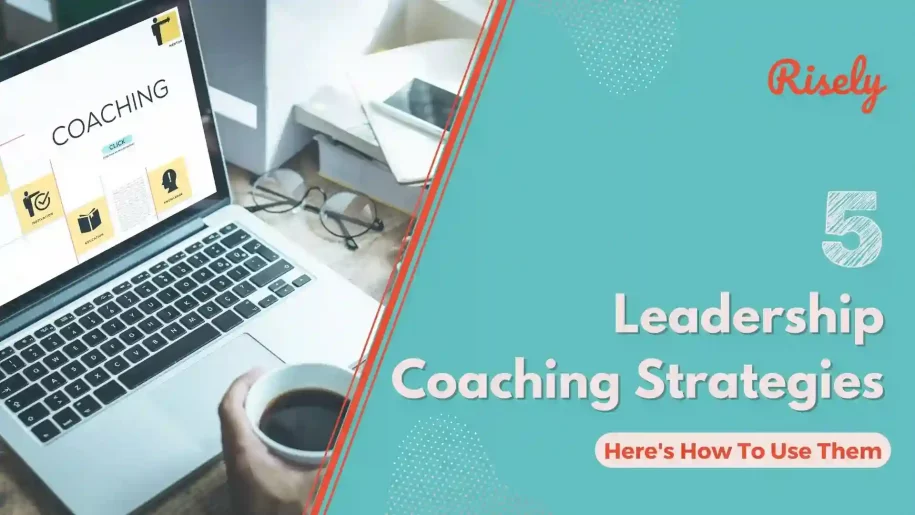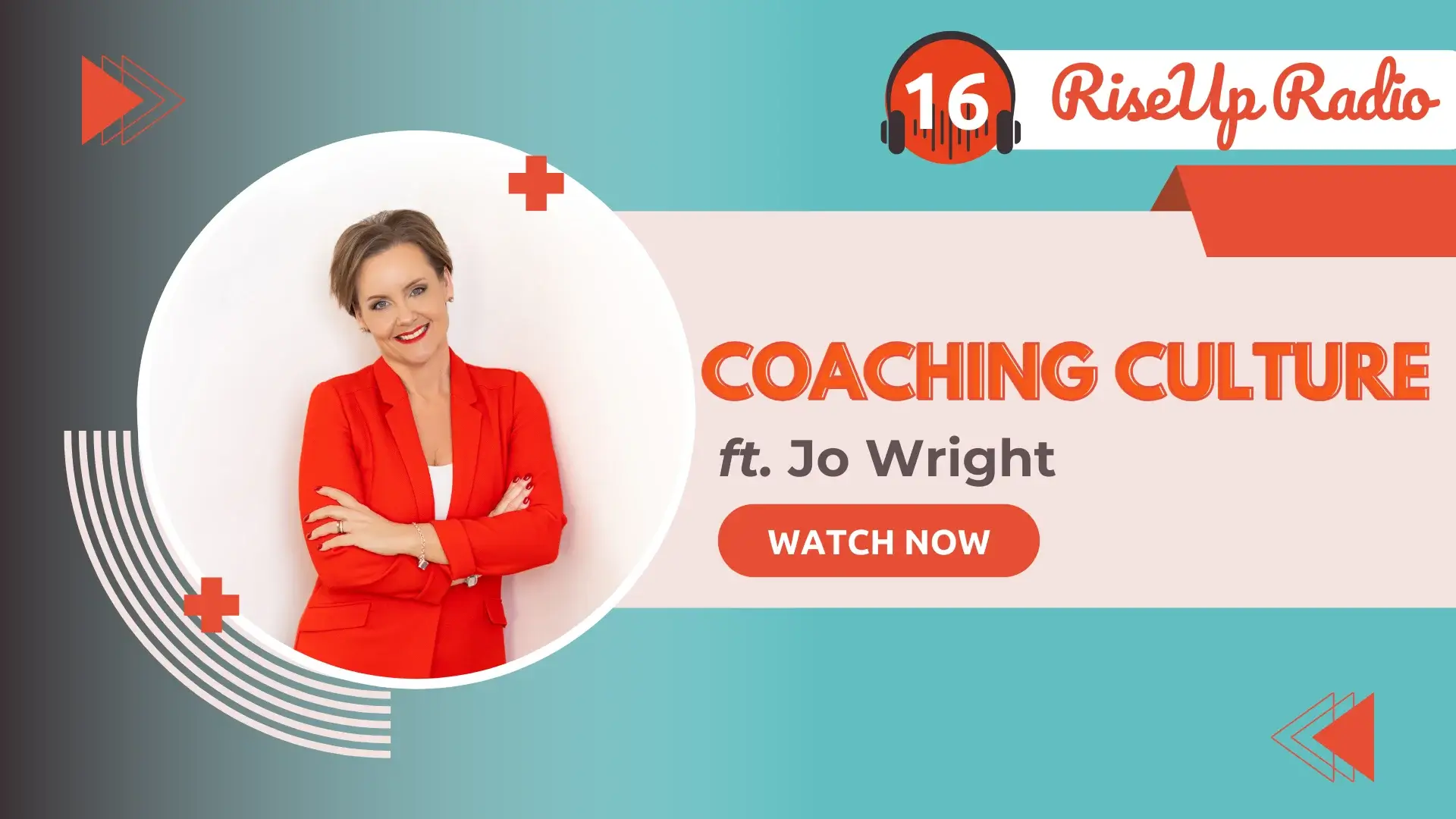5 Leadership Coaching Strategies You Need To Know
Leadership plays a crucial role in driving organizational success and growth. Effective leaders not only possess a strong vision and strategic thinking but also possess the ability to inspire and empower their teams. One leadership approach that has gained significant recognition and popularity in recent years is coaching leadership. Unlike traditional leadership styles that involve giving directives and asserting authority, coaching leadership focuses on taking an individual approach to recognizing and cultivating the talents of each team member while simultaneously directing them towards a common goal. This approach not only helps you build a high degree of trust with the team members but also fosters a positive and collaborative work culture. Coaching leadership goes beyond simply providing guidance and support to team members. It involves actively listening to their needs and challenges, providing constructive feedback, and fostering their personal and professional development. Leaders who adopt a coaching leadership style prioritize the growth and success of their direct reports, rather than solely focusing on their own achievements. This approach is rooted in the belief that when individuals are empowered and supported to reach their full potential, they are more likely to contribute effectively to the team and organization as a whole. In this blog, we will explore five essential leadership coaching strategies that can help you enhance their coaching skills and drive growth and development within their teams.Five Essential Leadership Coaching Strategies Explained
Leadership coaching is a powerful tool for developing effective leaders and driving organizational success. There are five essential leadership coaching strategies that can help leaders enhance their coaching skills and achieve desired outcomes. These strategies include:Transformative Coaching for Leadership Development
Transformative coaching is a powerful strategy for leadership development, particularly for senior leaders. This coaching approach focuses on experiential learning and enables leaders to enhance their leadership skills through reflection and action. Transformative coaching encourages you to explore strengths, weaknesses, and areas for growth, ultimately leading to personal and professional development. With a transformative leadership coaching strategy, you work closely with a coach to gain insights into your leadership style, identify areas for improvement, and create a plan for personal growth. The coach facilitates a reflective and supportive environment where you can explore your experiences, challenges, and successes. This coaching strategy empowers leaders to take ownership of their growth and development, leading to increased effectiveness and impact in their roles. By investing in transformative coaching, you can unlock your full potential and become the catalyst for positive change within your team.Solution-Focused Coaching for Immediate Impact
A solution-focused leadership coaching strategy is made for achieving immediate impact and driving effective coaching outcomes. This approach is particularly beneficial for coaching team members seeking practical solutions to challenges or problems they may be facing. In solution-focused coaching sessions, you work closely with the team members to identify the desired outcomes and develop a clear action plan to achieve them. The focus is exploring what is already working well and building on those strengths to find practical solutions. This coaching strategy empowers team members to take ownership of their actions and discover practical strategies to overcome obstacles. Read more: The Manager’s Guide To Coaching Employees In The WorkplaceCognitive Behavioral Coaching for Mindset Shift
Cognitive-behavioral coaching is a powerful leadership coaching strategy for driving a mindset shift and developing essential leadership skills, such as a growth mindset and emotional intelligence. This coaching approach focuses on challenging limiting beliefs and creating new thinking patterns that promote personal and professional growth for you. In cognitive-behavioral coaching sessions, the coach works closely with the leader to identify and challenge negative thought patterns and beliefs that may hold them back. The goal is to shift their mindset towards more positive and empowering beliefs that support their growth and development. This coaching strategy also involves developing emotional intelligence, which is crucial for effective leadership.Strengths-Based Coaching for Leveraging Potential
Strengths-based coaching is a powerful strategy for maximizing individual potential and promoting servant leadership. This coaching approach identifies and leverages individuals’ core strengths to drive personal and professional growth. With a leadership coaching strategy focusing on strengths, the coach works closely with you to identify your unique strengths and helps you understand how to leverage them in your leadership role. The focus is on leading from a place of authenticity and empowering team members to do the same. This coaching strategy is rooted in the core principles of servant leadership, which involves putting the needs of others first and promoting their growth and development.Systemic Coaching for Organizational Change
Systemic coaching is a powerful strategy for driving organizational change and fostering cohesive teams. This approach focuses on coaching leaders and teams to develop a shared vision, align their goals and strategies, and enhance communication and collaboration. In systemic leadership coaching strategies, the coach works closely with you and your team members to understand the dynamics and challenges within the team. The focus is on creating a coaching engagement that promotes organizational change and fosters a culture of collaboration and continuous improvement.Other Interesting Reads
Popular coaching models you should know about
There are several popular leadership coaching models that can further enhance leadership coaching effectiveness. These models provide structured frameworks for coaching conversations and ensure that you can easily guide your direct reports towards achieving their goals.The GROW Coaching Model
The GROW model is a popular coaching model that provides a structured framework for coaching sessions. It takes you through a coaching process focusing on goal setting, reality checking, exploration of options, and way forward actions. GROW stands for:- Goal: Establish clear and specific goals
- Reality: Explore the status quo in terms of strengths, weaknesses, and gaps
- Options: Brainstorm potential options and alternatives
- Way Forward: Decide a course of action and plan to implement
The STEPPA Coaching Model
The STEPPA model is a coaching model that focuses on coaching conversations and supporting individuals in making informed decisions about their careers. This model provides a structured approach to coaching sessions and helps you guide your direct reports through self-discovery and exploration. The acronym STEPPA stands for: The STEPPA model is a coaching framework that provides a structured approach for conducting coaching sessions. The acronym “STEPPA” stands for:- S – Subject: define the topic or subject of the coaching session
- T – Target: identify specific targets or outcomes they want to achieve during the coaching session
- E – Expectations: set the expectations and desired outcomes for the coaching relationship as a whole
- P – Perception: explore the coachee’s perceptions, beliefs, and attitudes related to the coaching subject and targets
- P – Perception Gap: identify any gaps or discrepancies between the coachee’s perceptions and reality
- A – Alternatives: explore alternative perspectives, strategies, and solutions related to the coaching subject and targets
The OSKAR Coaching Model
The OSKAR model is a unique coaching approach designed to harness individuals’ strengths and accomplishments. Its distinct focus on leaders’ retention and encouragement makes it a highly effective coaching model. OSKAR stands for Outcome, Scaling, Know-how, Affirm and Action, and Review.- O – Outcome: identifying what the coachee wants to achieve and articulating it in a specific, measurable, achievable, relevant, and time-bound manner.
- S – Scaling: The coach and the coachee collaboratively assess the coachee’s current position relative to the desired outcome. You can do this using a scaling question, where the coachee rates their current progress on a scale from 0 to 10.
- K – Know-how: Help the coachee identify their strengths, resources, and past successes that can be leveraged to achieve the desired outcome.
- A – Affirm and Action: Encourage the coachee to recognize and affirm their progress, strengths, and achievements. Then, collaboratively identify specific actions the coachee can take to move closer to their desired outcome.
- R – Review: Assess what was helpful, what progress was made, and what lessons were learned. This reflection helps reinforce learning, identify areas for further growth, and set the stage for future coaching sessions.
The CLEAR Coaching Model
The CLEAR model is a facilitative coaching model that focuses on developing competencies in the workforce. This coaching model provides a structured approach to coaching sessions and helps leaders identify and develop the core competencies required for success in their roles. The acronym CLEAR represents the five key stages of the coaching process:- C – Contract: Establishing the coaching relationship and setting clear expectations between the coach and the coachee.
- L – Listen: The coach focuses on active listening and creating a safe and supportive environment for the coachee to share their thoughts, feelings, and experiences.
- E – Explore: This involves asking powerful questions in coaching, challenging assumptions, and encouraging self-reflection and self-awareness.
- A – Action: identify specific actions, milestones, and accountability measures to support goal attainment.
- R – Review: The coach and the coachee review the outcomes of the action plan, celebrate successes, and identify lessons learned.
Conclusion
In conclusion, leadership coaching is a powerful personal and organizational growth tool. Leaders can drive positive change by understanding and implementing strategies like transformative, solution-focused, cognitive behavioral, strengths-based, and systemic coaching. Managers who effectively integrate coaching into their leadership development programs can see significant benefits. However, knowing common pitfalls in leadership coaching and measuring the ROI is crucial to ensure its efficacy and success. Coaching is not just about developing individuals; it’s about transforming entire organizations for sustained success.Elevate coaching for your clients with skill assessments.
Check out Risely’s range of leadership skill assessments for people managers and leaders for free.
Other Related Blogs
Building a Coaching Culture with Jo Wright
Building a Coaching Culture with Jo Wright As AI takes over, we are all searching for the part that makes us truly human. For most managers and leaders, this search…
What is Immersive Learning? A New Era in Education
In this blog, you’ll learn what is immersive learning and how it is changing training, increasing engagement, and influencing the future of workforce development. … Read More
The Clear Coaching Models: A Revolutionary Approach to Coaching
This blog delves into the principles, significance, and applications of the CLEAR coaching models, exploring how they transform organizational development and enhance effectiveness. … Read More
Drive Meaningful Growth With The STAR Coaching Model
In this blog, we will explore the key elements of the STAR coaching model, outline effective implementation strategies, and discover best practices for enhancing coaching conversations. … Read More


